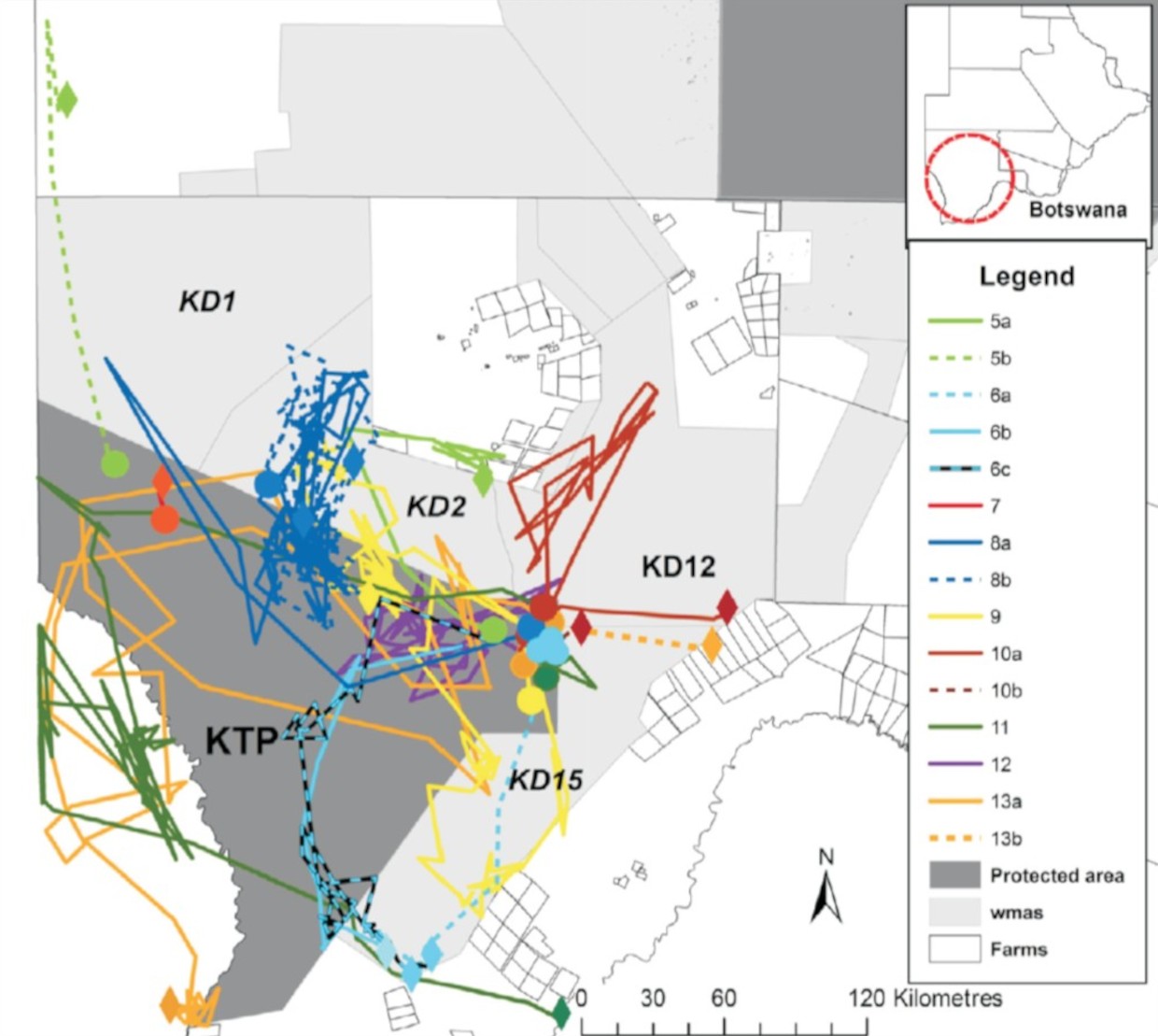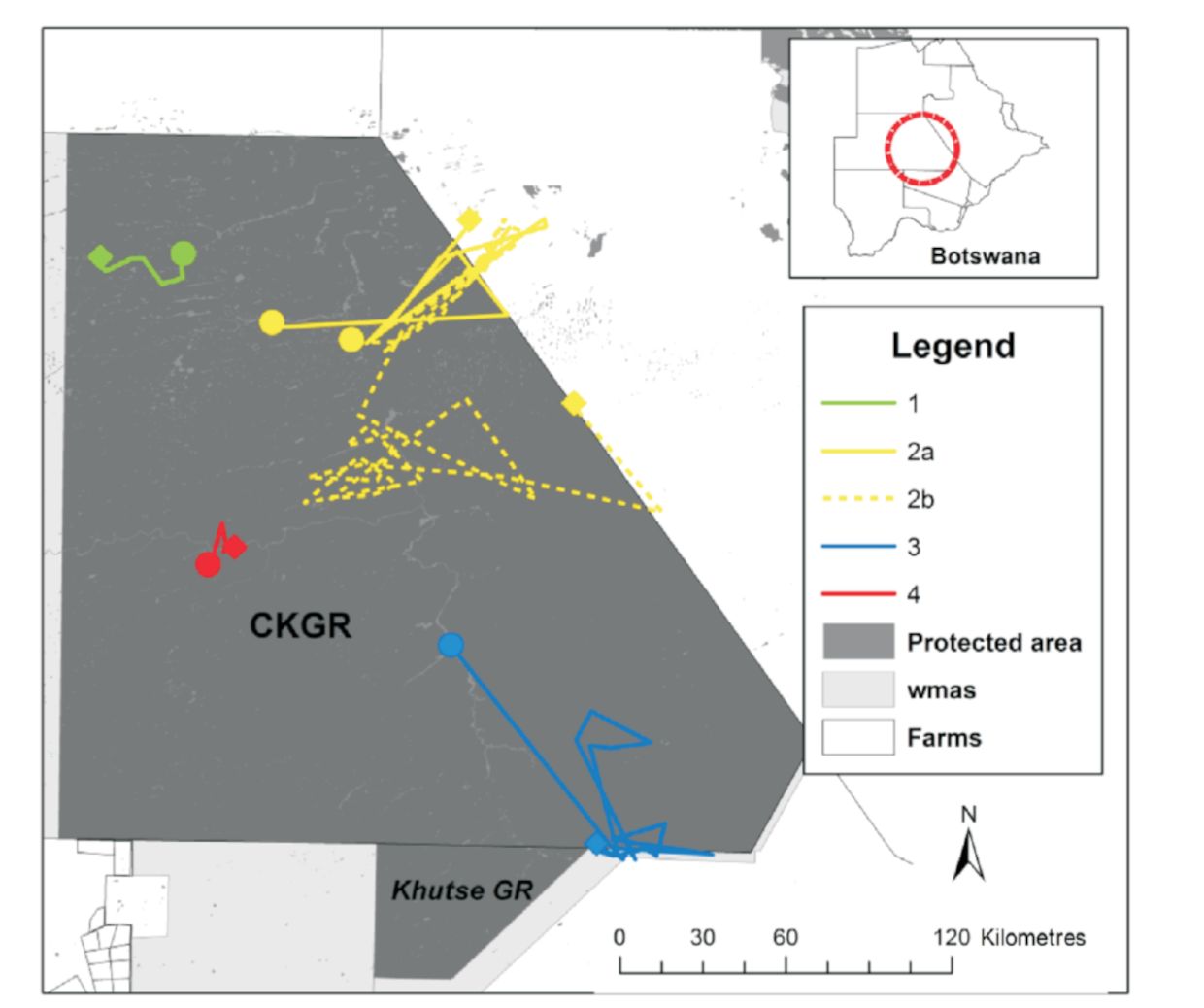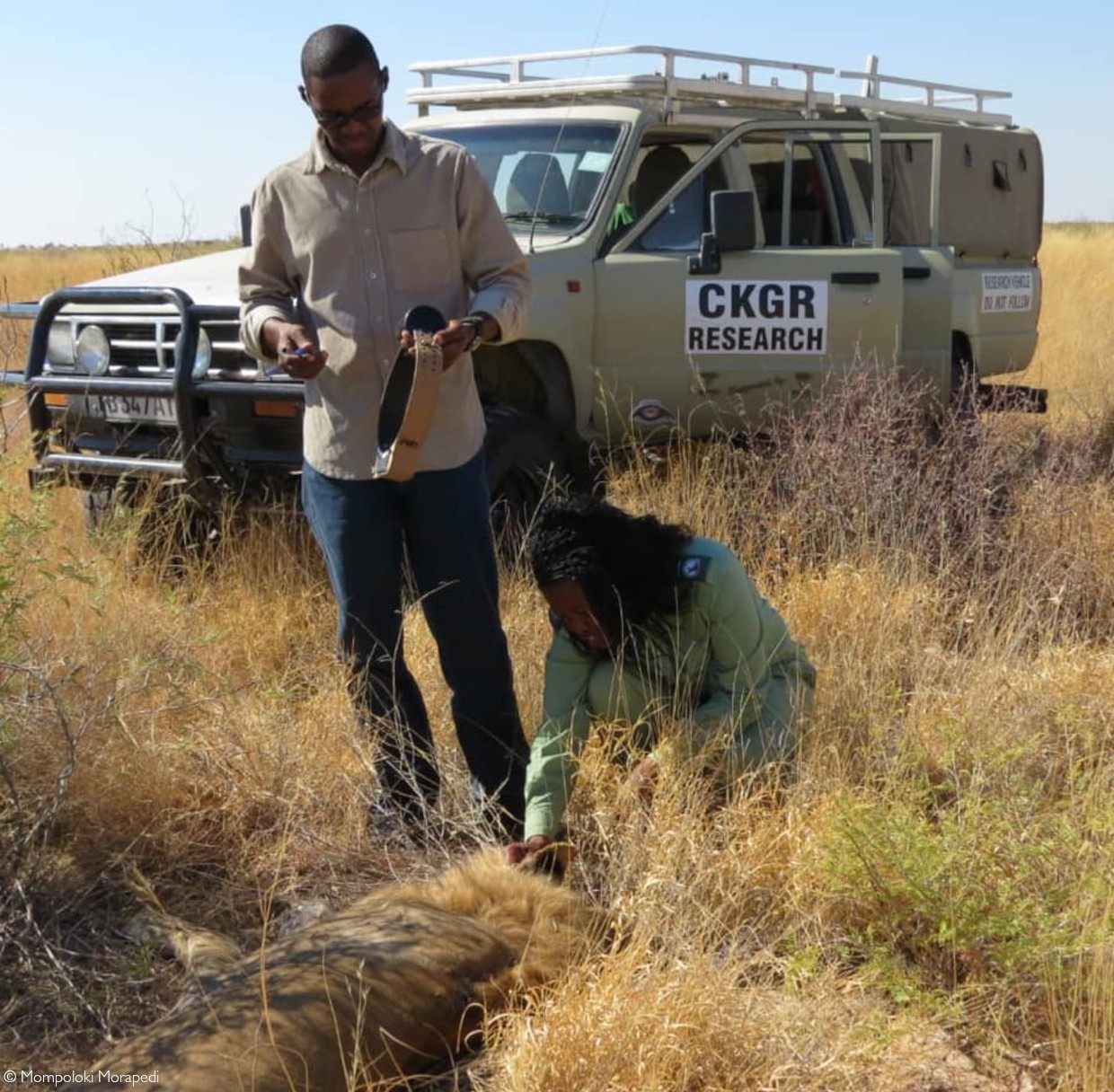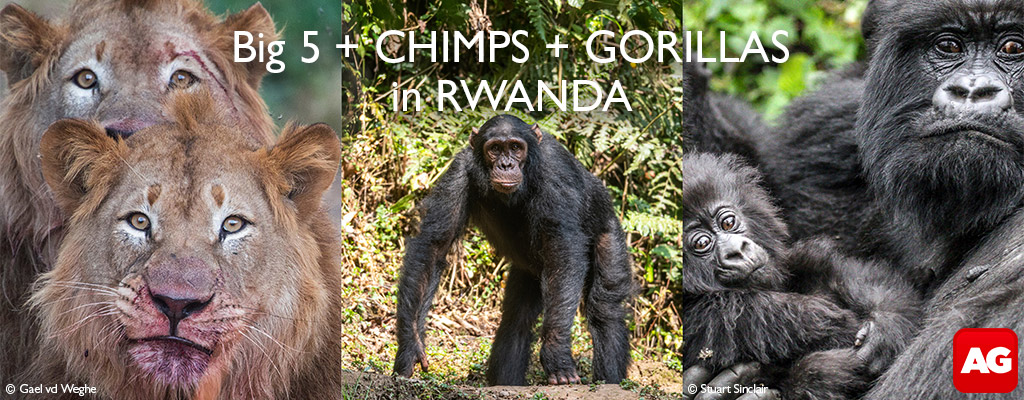Over four years, Kalahari Research and Conservation has monitored the fates of 13 lions known to have killed livestock in rural Botswana. The lions were translocated into protected areas by the Botswana Department of Wildlife and National Parks (DWNP) as part of a management strategy to reduce human-lion conflict. A short communication recently published in the African Journal of Wildlife Research analyses the success of this approach: of the 13 lions, ten died less than a year after release. This research adds to a growing body of evidence that suggests translocating lions does not often reduce conflict and the relocation of “problem” animals is not always a practical solution.

Human-wildlife conflict is undeniably one of the greatest threats facing the remaining wildlife across the planet, particularly in Africa. It is an intensely complicated issue, and conservationists and philanthropic organisations alike are eternally searching for ways to mitigate the collision between potentially dangerous animals and the people who live on the fringes of protected areas. One such potential solution is the relocation of the escaped wild animal to a place where it is less likely to come into contact with people or livestock. Unfortunately, while this may seem an ideal answer, such efforts seem to have limited success.
DWNP captured 13 lions from areas around the Central Kalahari Game Reserve and the Kgalagadi Transfrontier Park. Both parks are surrounded by Wildlife Management Areas and community lands used for livestock grazing. Before their release into new areas (120km or more from the original point of capture), researchers fitted the lions with satellite telemetry collars to monitor their movements.
Of the 13 lions, ten had died an average of 275 days after release. Six of these died outside of the protected areas, five killed by farmers. The cause of death of the other five was not established. The collars initially provided four locations per day, but scientists increased this to 13 in situations where the lion showed signs of returning to livestock areas. Six of the translocated lions continued to kill livestock and were recaptured and released back into the protected areas. One lion required a third translocation.



A more thorough analysis of the lions’ movements and activities after their release suggests that targeting groups of adult females could potentially yield higher success rates for translocating lions. However, this could prove problematic in practice and relocating only some pride members may reduce the chances of survival for both the translocated lionesses and those that remain behind. Furthermore, the soft release of predators (that is, the translocated animals are kept in an enclosure for a period of adjustment before release) could also increase the chances of success.
The researchers conclude that their results are in line with similar studies involving the relocation of “problem” animals such as lions, leopards, and cheetahs, mainly where the animals concerned are repeat livestock raiders. These translocations are associated with a high mortality rate and also come with high financial costs. Previous studies involving the relocation of cheetahs indicate a cost of between $5,000 and $7,330 per cheetah translocation. Though the cost was not analysed in this instance, it is likely to be significantly higher for lion translocation, given the substantial size difference between the two cats.
In addition to high mortalities and costs, there is a shortage of suitable areas for translocating lions. Ideally, lions should be translocated to areas with sufficient prey, low lion densities and low poaching levels. Yet, most of the protected areas within Southern Africa have already reached their carrying capacity (itself a testament to the success of conservation efforts in these areas). In addition, translocating lions ideally requires adequate information about the lion demographics within the intended release site, which are not always available to researchers and managing bodies. The effects on the established territories and demographics of the resident lions and the potential spread of the disease are also potential concerns.
Based on these results, the authors argue that translocation/relocation is not an effective solution for addressing human-wildlife conflict. Instead, they suggest that limited available resources should be used to improve livestock husbandry, strengthen livestock kraals, and promote livelihoods beyond farming. Seizing a problem animal and putting it somewhere else may seem convenient and immediate, but overwhelming evidence indicates that it is simply not a practical approach.![]()

Full citation: “Outcomes of Lion, Panthera leo, Translocations to Reduce Conflict with Farmers in Botswana”, Morapedi, M., et al., (2021), African Journal of Wildlife Research
[This paper has not been released for full access at this stage – the link will be updated once it is publicly accessible.]
To comment on this story: Login (or sign up) to our app here - it's a troll-free safe place 🙂.![]()








